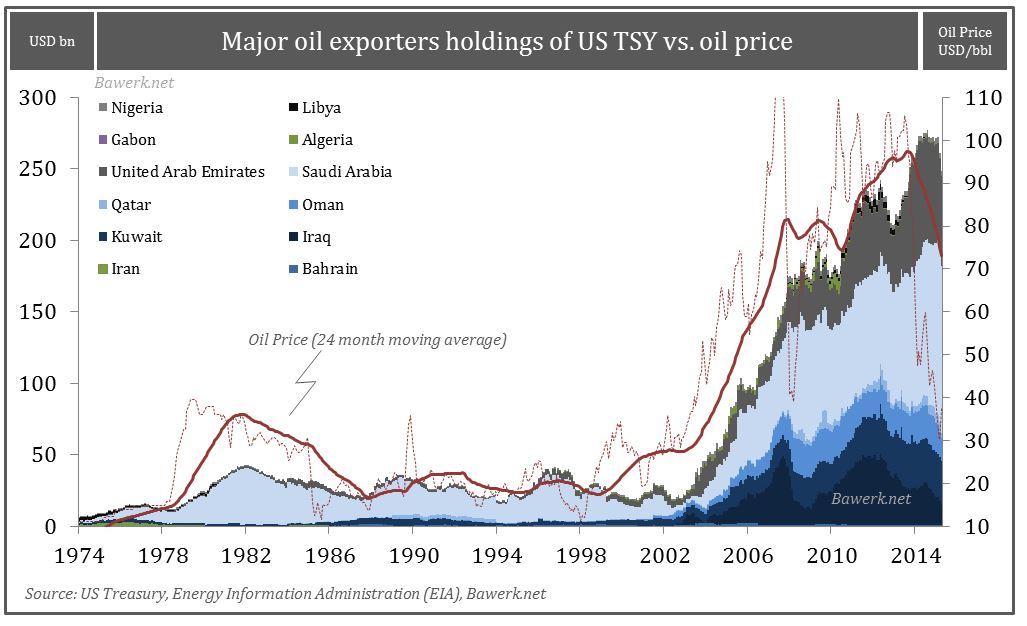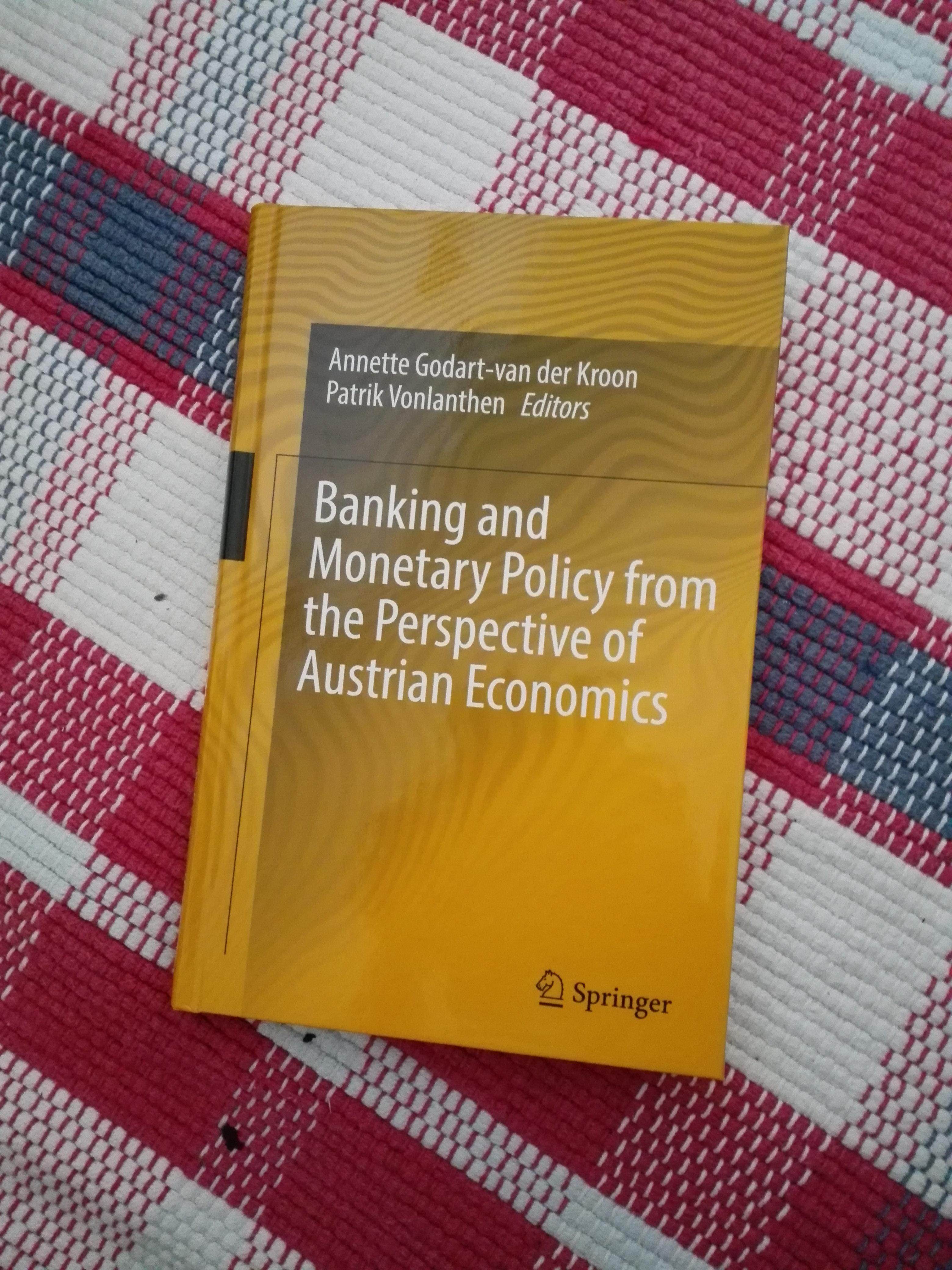One of the most persistent and dangerous myths of modern economics, and especially economic policy, is the idea that deflation, defined as a general decrease in prices or the aggregate (averaged) “price level” (another misleading and erroneous concept), is dangerous because it could generate a mass deflationary spiral, with continually falling prices and depression due to the expectation of further falling prices. Indeed, if one happens to be institutionalized at a school somewhere within the EU, you may be unlucky enough to be force-fed the following propaganda video, courtesy of the ECB:
http://www.ecb.int/ecb/educational/pricestab/html/index.en.html
Most of the video discusses inflation and how “too much” money in the economy causes prices to generally increase and create problems. Of course, we are assured of the truly heroic victories the central bank’s planning bureau is achieving in fighting the alleged “inflation monster” by targeting its policy to keep inflation stable, between 0 and 2%. It’s too bad neither of the children near the end of the video asked the ECB bureaucrat lecturing them who was creating the money, and how they were “controlling” interest rates. Printing money and giving it to your friends, allowing them to fraudulently steal wealth and buy goods while destroying the purchasing power of everyone else’s money savings is a heinous crime. If you’re a central banker working for a government, it’s monetary policy.
At 6:45 into the video, our kindly bureaucrat warns us to be doubly wary of the other monster his agency keeps in a jar: deflation. Like any ordinary person, the girl in the video says this sounds great! Indeed, in a growing economy, and especially a modern one, we should be expecting deflation, given the extraordinary increases in real productivity that have been achieved in the private sector over the past decades.
However, the Eurocrat responds to dispel our enthusiasm: “You see, just like inflation it can also damage the economy, for example if all prices are falling you’ll delay buying something, expecting it to cost less a week later, and even a month later. For the same reason a company might decide to postpone its investments, and the economy suffers.” At its root this reasoning is rather childish, and we must hope that our schoolchildren will be able to disassemble it, without any special knowledge of economic theory.
A price is an exchange ratio at which acting individuals agree to buy and sell goods. Every transaction, by every individual, has a purchase and a sale. By selling my TV I’m “buying money”. For the purpose of this simple demonstration, let’s even dispose of the word “money” for now, and just note its definition. Money is a good that is a commonly accepted medium of exchange, originally an ordinary good with a wider marketability in its uses than other goods, causing it to eventually also be valued and used by other market actors to indirectly exchange goods. They sell to buyers producing products they did not fancy, while using it to buy goods from sellers who did not wish to buy the specific goods they themselves sold. This avoidance of the need for a “double-coincidence of wants”, and the expansion of exchange possibilities allowed, is how all media of exchange through the ages emerged in the market, whether salt, cigarettes, gold or silver. They were originally useful goods valued by a wider proportion of individuals on the market than other goods. This was before governments managed to monopolise and debase currencies “for the common good”.
In this light, we may consider a simple scenario. I am a “buyer” in a market, desiring to purchase good B, in exchange for which I can offer my good, C. I may agree to buy b of B for c of C, hence at the price c/b. In another sense however, I am a “seller” of the good C to my trading partner Jane, who offers in exchange her good B at a price of b/c.
According to the ECB, a “general” price decline of B in terms of C, however small, will mean that traders like me will resist buying B, expecting the ratio c/b to fall further and further. We are assured however that in the opposite case, such problems will not arise. Deflation must be avoided at all costs, while inflation must be considered a comparatively lesser evil. If c/b remains “stable”, or only rises at a “gradual” rate, no problems will occur.
Such reasoning contradicts itself, however. Every buyer is a seller, and every seller is a buyer. To Jane, the exact opposite scenario is observed. With c/b rising, b/c will be falling. By the same logic, she’ll be reluctant to buy C expecting its price to fall further, causing the price to fall even further. This would lead to a general deflation, depression of trade and stagnation.
Now, replacing the words C with money and B with goods, and applying the above “deflationist” conclusion, we should be expecting a drop in the price (or rather, the purchasing power) of money to mean a drop in the activity of sellers. This would imply an eventual grinding halt to all economic activity following general price increases (“inflation”).
Now the reader may have realised that this has not been the case, despite the distortions created by the credit expansion policies of central banks, due to the ultimate fact that sellers and buyers have not been motivated by, and indeed do not care one whit about, the aggregate price level. The profits they make, both psychic and monetary, are governed by the differences in the prices and perceived values of goods and services across the economy. They seek to gain exchange opportunities that allow them to profit by exploiting these mutually unequal valuations and price differences.
However, when confronted with the assertion that the “deflation” of one good relative to another will produce deleterious effects, while told that for the same reasons, the same cannot be said the other way round, I must express exasperated bafflement. Like Bastiat, we must continue to confront these strange arguments composed by self-styled intellectuals, who seem to assert “that an addition gives a different sum, according to whether it is added up from the bottom to the top, or from the top to the bottom of the column.”





An interesting article. I would like to add the comment that we see every day ‘price deflation’ that people can relate to and that debunks the myths that these Central Bankers and Astrological Economists like Stiglitz and Krugman gaze into their crystal balls and pretend to see.
Almost everyone has bought a mobile phone, a computer or a flat screen TV at some point. Even if you have not you will be aware that every week you go back to the shop or look online that the prices have fallen? This is price deflation in very competitive markets and most importantly markets with very little interference from Governments, Bankers and Bureaucrats! This does not prevent you buying as you want the item and have to make a choice to buy. So with best information you take the plunge and off you go to enjoy your purchase. Imagine that price mechanism across everything we buy? Now you realise why large Corporations, food companies, supermarkets, banks etc find it much more profitable, less risky and easier to work with Government and Bureaucrats than to risk themselves in the competitive market. That is where you and I have to operate but we are made to pay extra for goods and services to support these larger firms and institutions who are on benefits paid for by the taxpayer or the consumer. Our only defence is to bring in parliamentary candidates who are against Big Government and will pass Free Market legislation and a Constitution to ‘..bind the hands of Government from mischief..’ as Jefferson stated.
A thought-provoking article, but here are two concerns that you have not allayed for me:
1) If central banks decide a measure of deflation is acceptable after all, this could spiral out of hand as easily as inflation. Domestic investment and employment mobility will dry up, as why risk such things if your money will grow in real value anyway, while foreigners will happily take advantage of your currency for their carry trade trapping it in deflationary stasis – isn’t this precisely one of the reasons for Japan’s lost decade? If you have to have risk one way or the other, isn’t inflationary risk the ‘less worse’?
2) Surely the aggregate effects on an economy are deeply negative when debts grow by the day rather than shrink? Especially in ageing, lower-employment economies such as those of the West and Japan? Won’t this entrench the economic weakness of the young, poor and unemployed, because borrowing for self-improvement or to expand a business is made considerably harder?
In answer to your queries:
1) I am not advocating central banks target a policy of deflation, of e.g. -1%, in fact in a productive economy to maintain such a rate would still likely amount to inflation as the Austrians understand it; printing money to compensate for productivity increases making goods cheaper so as to keep the “price level stable.”In fact I would rather not have a central bank at all, though I think as a first step we need to push a reform to allow people to legalise the use of alternative currencies; abolishing the legal tender laws and the Bank of England’s monopoly forcing us to use the currency it willfully devalues at our expense.
2) Again, it is important to avoid this dastardly idea of a “price level.” What matters are relative prices, and therefore the “real returns” one can make on investments. For instance, the same problem you mention would not be avoided even with a “healthy” inflation rate, considering the higher interest rates on debts(due to inflation adjustment), this would likely still not compensate many investment projects which are nominally “positive” due to inflation. Japan’s problems have been brought about by 20 years of government interventions propping up certain prices in markets, not allowing relative prices to adjust, leaving its economy in a relatively dead state.
“as a first step we need to push a reform to allow people to legalise the use of alternative currencies”
I think we should be clear on this point.
As I understand it, legal tender laws don’t prohibit the use of alternative currencies. If you’re prepared to accept a Brixton Pound or a Lewes Pound, Canadian Tire Money, US Dollars, Euros, or conch shells, the law doesn’t have anything to say about it. Likewise if you state up front that you’re *only* prepared to accept one of those currencies in exchange for whatever goods you have to offer, that’s perfectly legal (call it a form of barter).
However, legal tender laws say that you must accept GBP as payment for a debt; for example, to settle a bill at a restaurant.
Is my understanding incorrect? Is anyone aware of case law here? Is a restaurant free to price its food items in milligrams of gold, and if so, what exchange rate are they allowed to impose for GBP at the till?
If central banks decide a measure of deflation is acceptable after all, this could spiral out of hand as easily as inflation.
No, it could not. Hyper-inflation only takes place when the central bank continually adds credit (money) to the economy in an effort to keep the maintain the status quo. The situation you describe could only happen were the bank to inexplicably withdraw liquidity as prices continued to drop.
In the US 1866-97 output rose by 4% a year while prices fell by 2% a year. Source; Samuel Brittan, FT, p. 15, 30.1.09 “Deflation is the wrong enemy” (article title.)